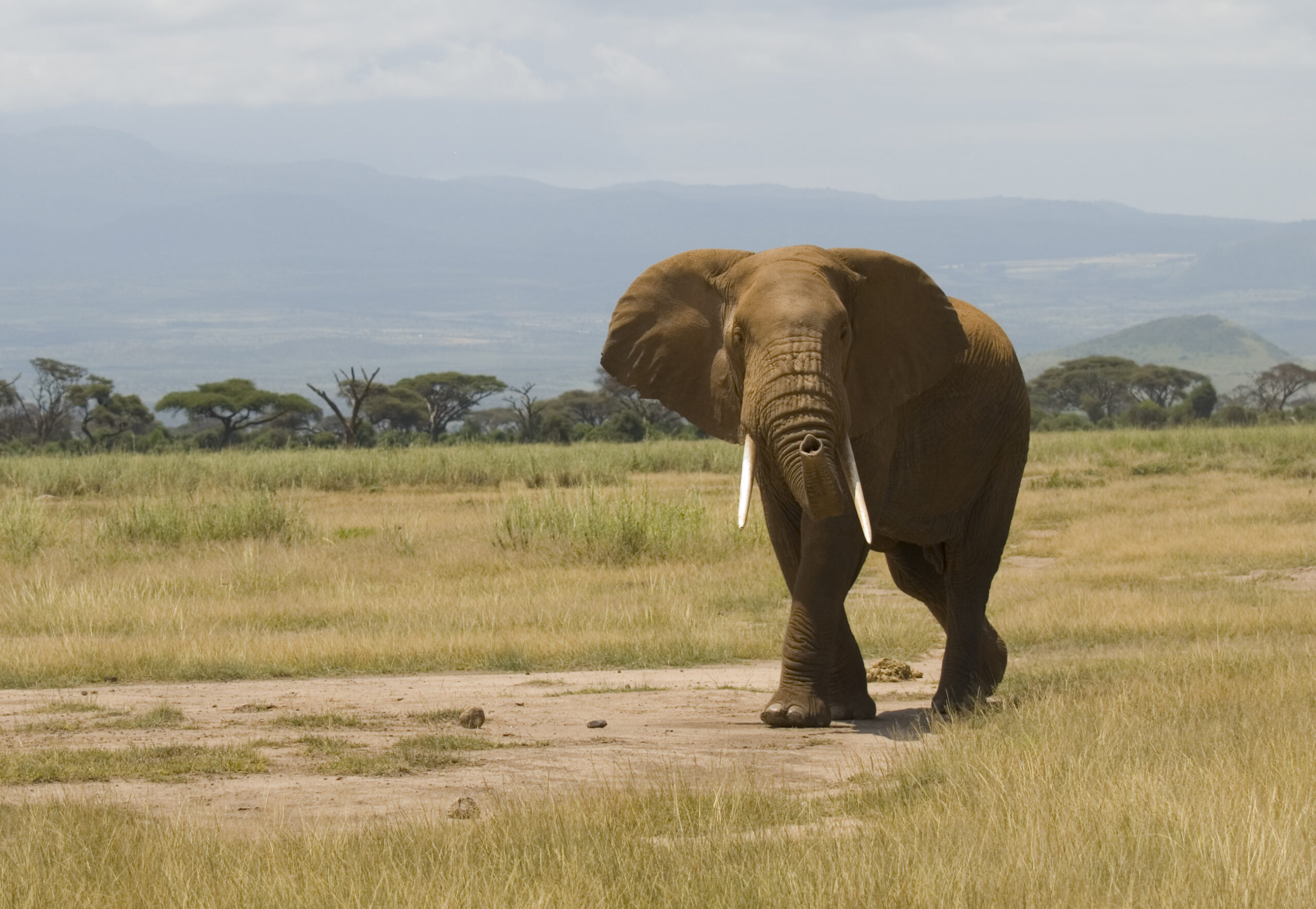This week marks the 62nd meeting of the Standing Committee of the Convention on International Trade in Endangered Species (CITES), taking place in Geneva, Switzerland. To coincide with this meeting, the World Wildlife Fund has released a “Wildlife Crime Scorecard” report which lists 23 countries in Asia and Africa that it claims could all do more to enforce trade bans intended to protect tigers, rhinos, and elephants.
But what about WWF’s scorecard? Unlike the governments it assesses, WWF has specifically purported to protect endangered species since its inception in 1961. It has also mostly endorsed the CITES trade ban approach to saving tigers, rhinos, and elephants for more than the last two decades, but the results of this have been unimpressive. Tiger numbers have plummeted, as have rhino numbers in all but a handful of former range states; elephants have fared slightly better since the ivory ban, but poaching is on the rise again. So while WWF can claim some individual successes with certain localized conservation projects, its broader policies on wildlife trade deserve closer scrutiny to see if they make sense.
For example, last month WWF commended the government of Gabon for burning a stockpile of almost 5 tons of confiscated ivory, estimated to represent the equivalent death of 850 elephants. Presumably the architects of this event think they can repeat the performance of the Kenyan government, which famously burned a pile of ivory (and rhino horn) back in 1989.
Kenya’s dramatic gesture had three effects: First, as a media stunt it caught the attention of many people and helped to stigmatize the use of ivory products in the West. Second, this in turn appeared to reduce consumer demand (and therefore prices and the incentive to poach elephants). And third, Kenya was able to leverage this event as a means to raise significant donor funding. (The funding benefits did not endure and other African elephant range states did not benefit in this way; instead many had to bear the cost of forgone ivory sales harvested from sustainably-managed populations.)
That was then, this is now. Ivory demand in East Asian markets has a deeper cultural imprint and was far less impacted by any stigma effect from the 1989 ban. With the rising affluence of East Asian consumers, black market prices and elephant poaching levels are increasing significantly.
Economists may disagree about many things, but one thing we do agree on is that if you reduce the supply of a product without a corresponding reduction in demand, prices will rise. In a 1990 peer-reviewed journal article*, economist Ted Bergstrom explains clearly why: If the goal is to protect threatened species, it does not make sense to destroy confiscated stockpiles, but rather to sell them back into the market to satisfy demand and restrain prices. If trade is already banned and consumers are still buying ivory, there is no reason to believe that reducing the supply will change their preferences. So burning ivory stockpiles at this time does not seem like such a great idea. Although intended to send out a message about the acceptability of buying ivory, this gesture may simply send out a different message to the market: that ivory is an increasingly scarce resource worthy of speculative investment.
WWF’s approach of constricting supplies is not restricted to elephants. It adopts similar policies toward tiger and rhino products. The same principles apply here and the black market values for such products only appear to be rising over time, with disastrous consequences for wild populations.
* Ted Bergstrom. “On the Economics of Crime and Confiscation.” Journal of Economic Perspectives 4.3 (1990): 171-178.




